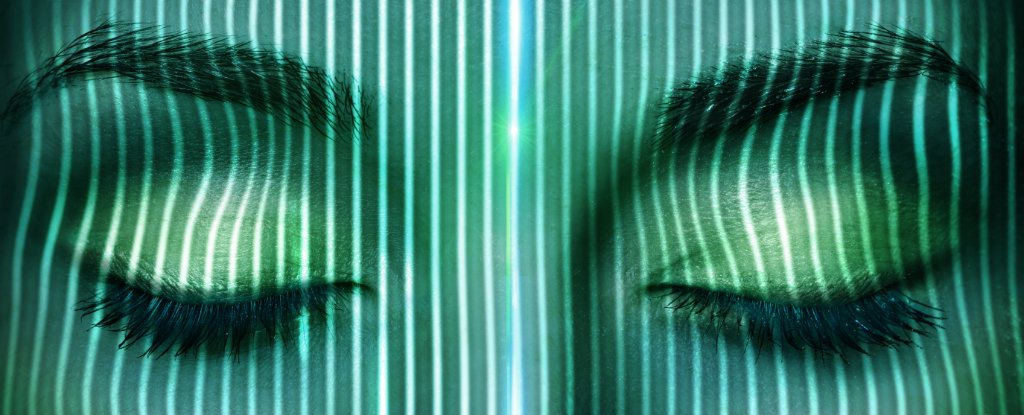They say that beauty is in the eye of the beholder, but in fact, it goes much deeper than that.
The concept of physical beauty resides in the mind, defined by any characteristics that we find attractive on other people’s faces. These subtle preferences represent some of our most intimate thoughts – but that does not mean that they cannot be monitored and perhaps even predicted.
In a new study, the researchers used electroencephalography (EEG) measurements to identify what kind of facial features people found attractive and then fed the results into an artificial intelligence (AI) program.
The machine learning system – called the adversarial neural generating network (GAN) – was able to first become familiar with the types of faces that people found desirable and then manufacture entirely new ones, designed specifically to please: visions personalized synthesized beauty, as unattainable as they were perfect.
The experiment, conducted by a team of psychologists and computer scientists at the University of Helsinki, Finland, was a kind of massive Tinder session for the 30 volunteers who participated.
Except for a few big differences.
While the participants sat in front of a computer screen showing a series of faces, none of the faces displayed were that of real people, but were realistic-looking artificial portraits generated from a dataset of some 200,000 celebrity images.
Contrary to normal use of Tinder, participants also wore elastic caps with electrodes designed to measure brain activity while looking at faces. They also didn’t have to slide to the right when they saw someone they liked – that was resolved.
“They didn’t have to do anything but look at the images,” explains cognitive neuroscientist Michiel Spapé. “We measure the brain’s immediate response to images.”
These individual measurements of neural activity were then evaluated by GAN, which was able to interpret the brain’s responses in terms of how attractive each artificial face was considered by the viewer.
Using this data, GAN was then able to generate new faces informed by people’s EEG attraction identifiers.
In a second experiment, these newly invented faces were then displayed back to the volunteers, who rated them for attractiveness, alongside other images of randomly generated faces.
Ultimately, the results validated the researchers’ test, with participants classifying images tailored to be attractive as attractive in about 80 percent of cases, while the other faces were selected only 20 percent of the time.
Although this is just a small study, it is just one more example of how AI systems are becoming refined in their understanding of what motivates us – even in intimate and often unspoken notions, such as the realm of personal attraction.
“Being successful in assessing attractiveness is especially significant, as this is a very poignant psychological property of stimuli,” says Spapé.
“If this is possible in something that is as personal and subjective as attractiveness, we can also look at other cognitive functions, such as perception and decision making. Potentially, we can target the device to identify implicit stereotypes or prejudices and better understand individual differences. . “
The findings are reported in IEEE transactions in affective computing.
